The CO2 problem in six easy steps (2022 Update)
Real Climate
JULY 10, 2022
The fact that there is a natural greenhouse effect (that the atmosphere restricts the passage of infra-red (IR) radiation from the Earth’s surface to space) is easily deducible from; i) the mean temperature of the surface (around 15ºC) and, ii) knowing that the planet is normally close to radiative equilibrium.


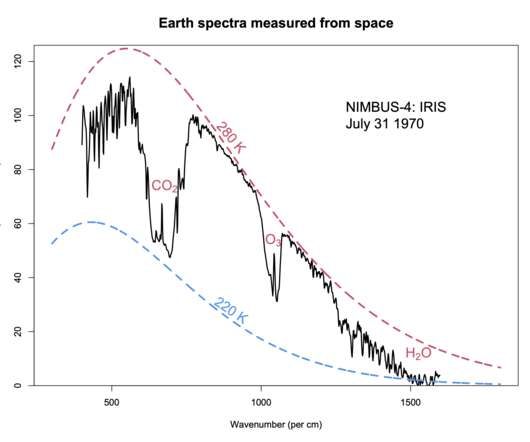
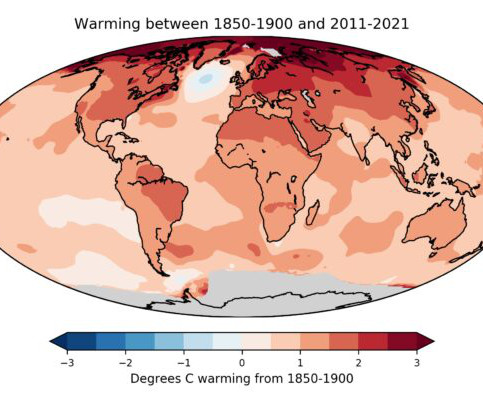
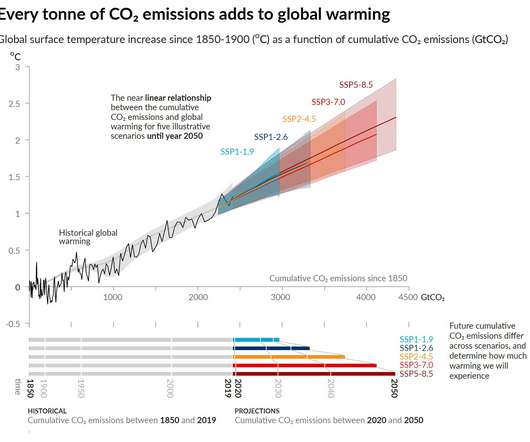

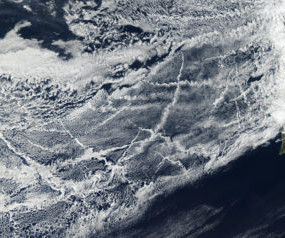
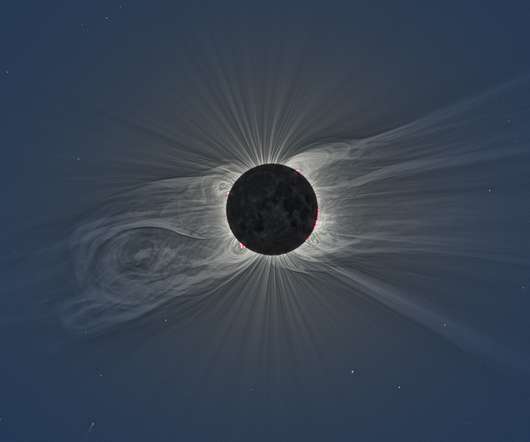






Let's personalize your content